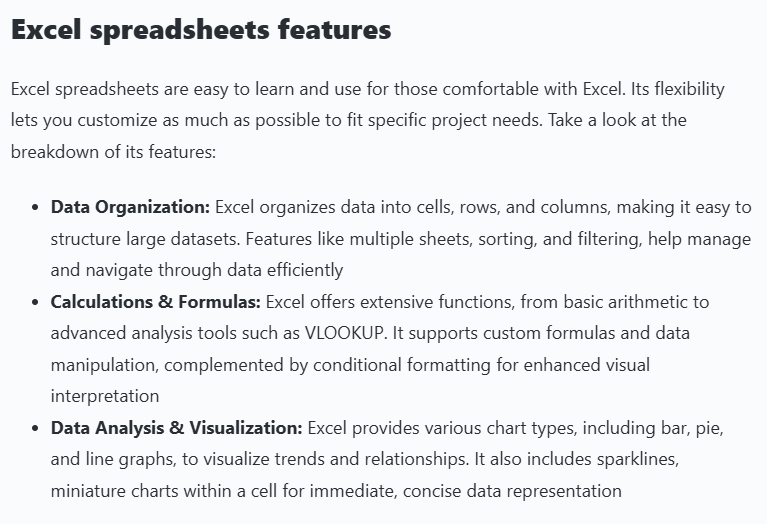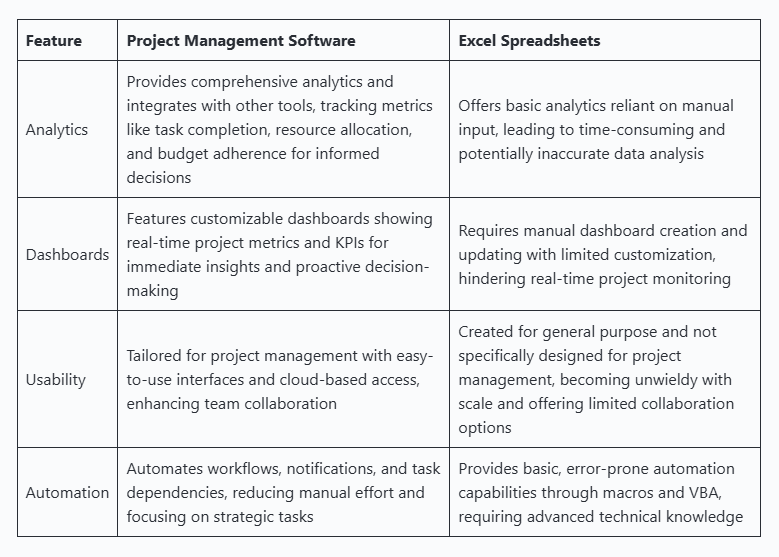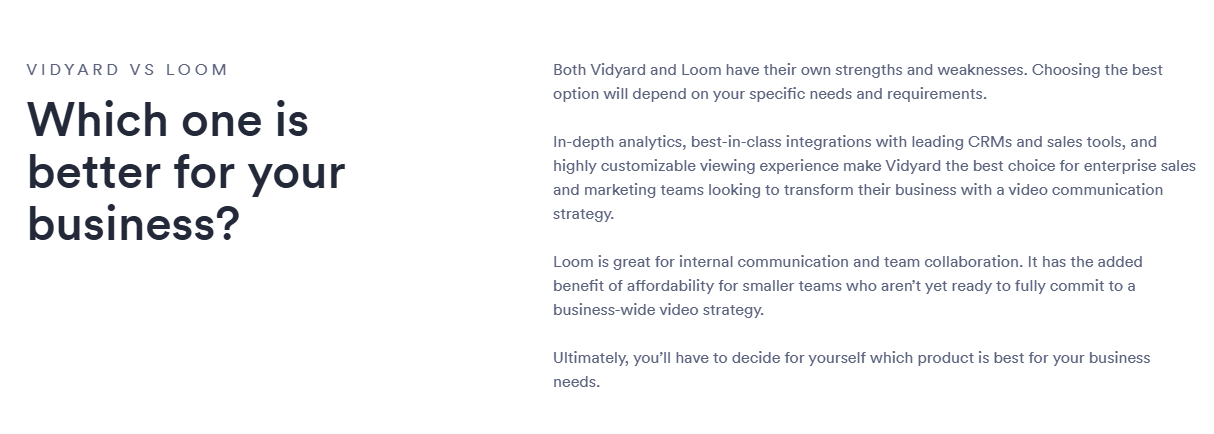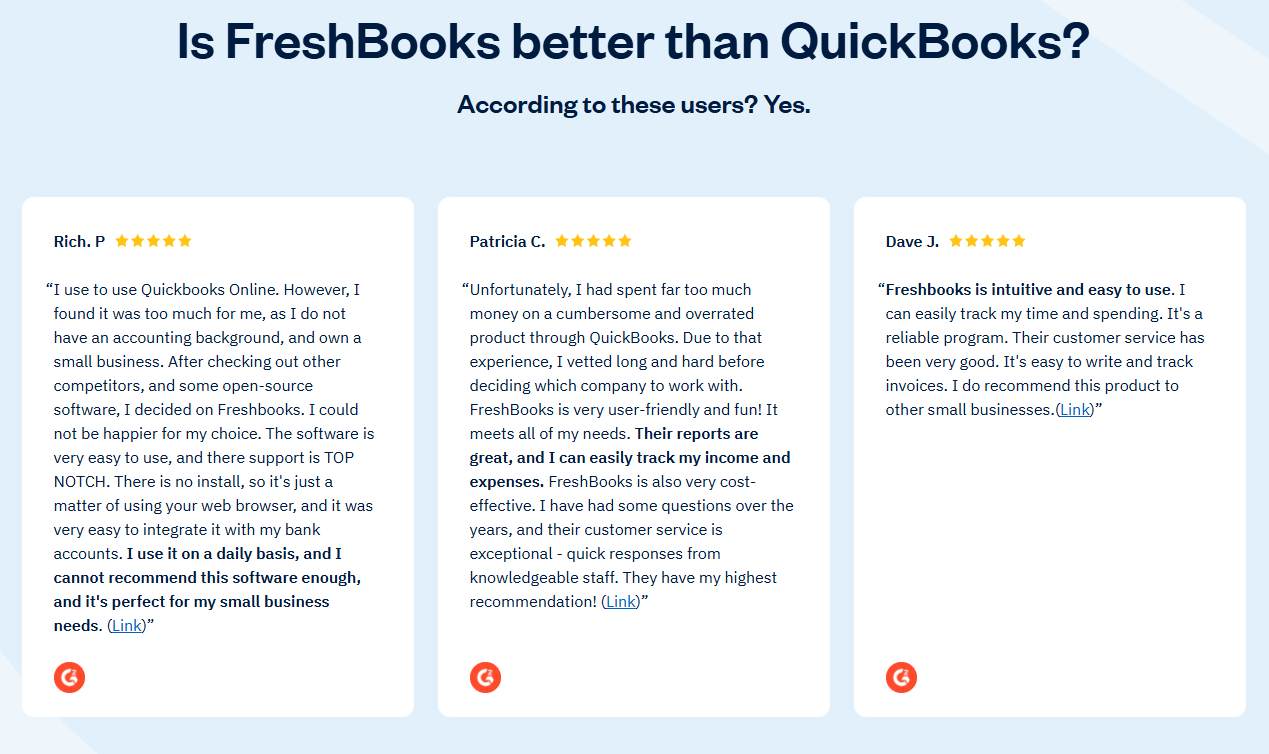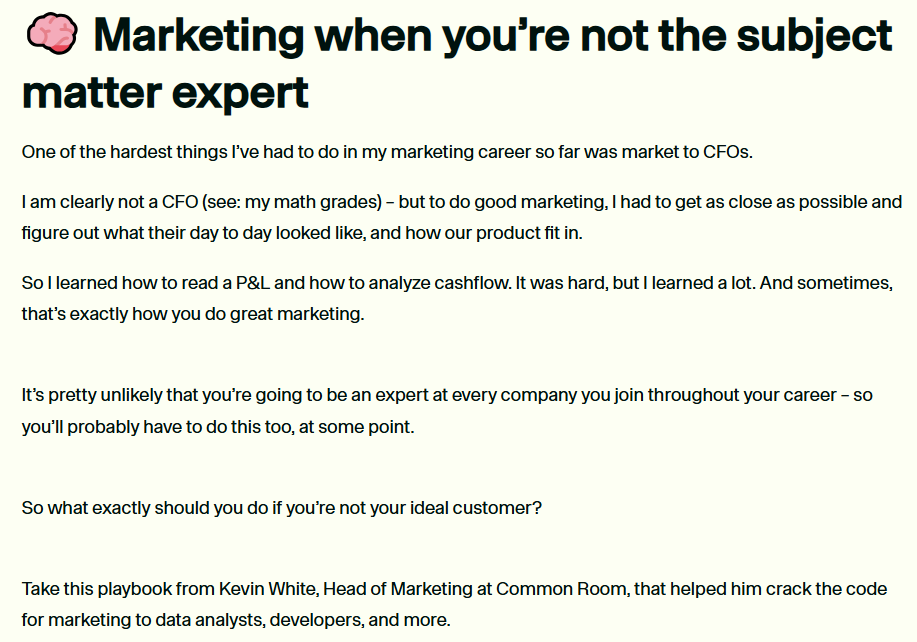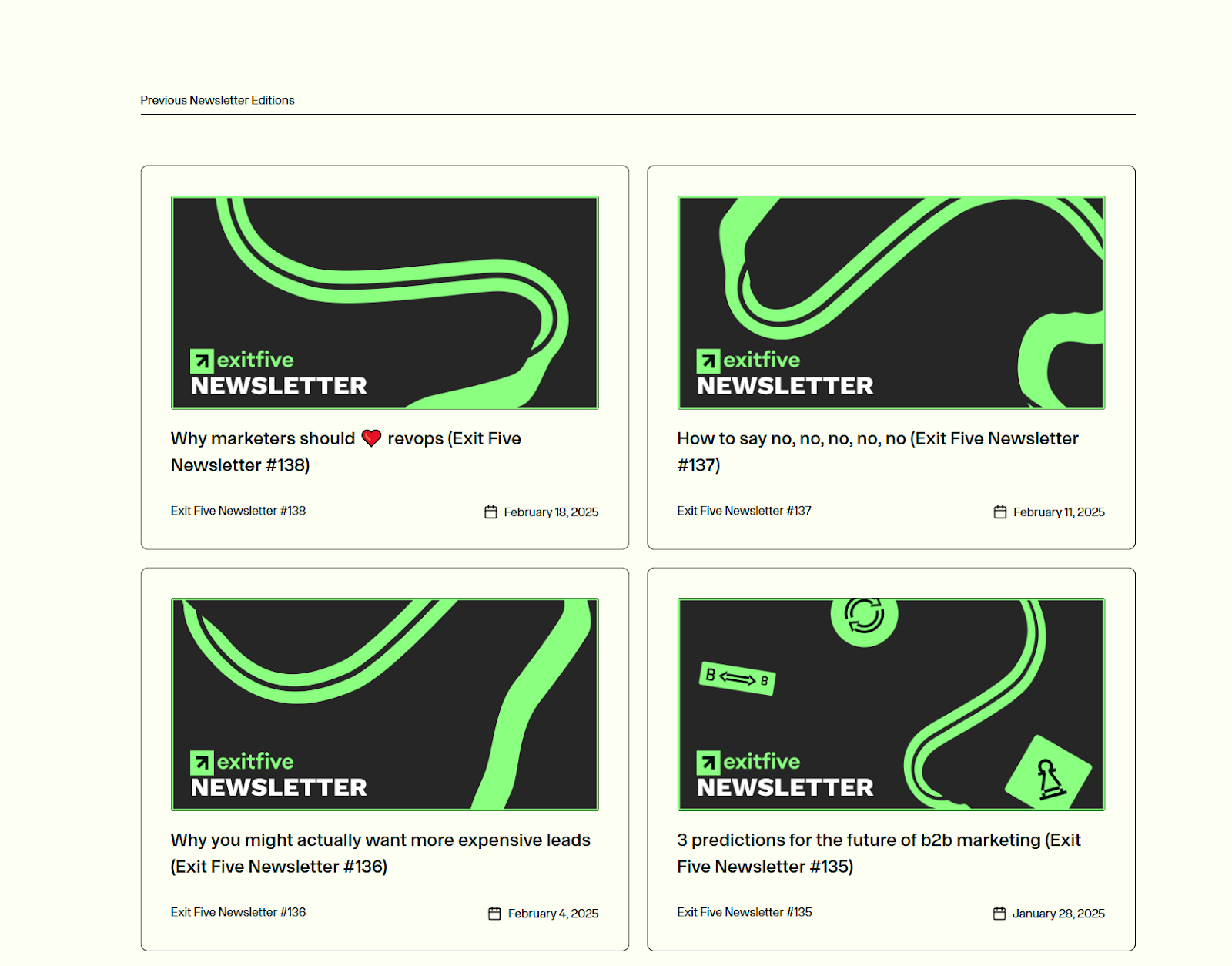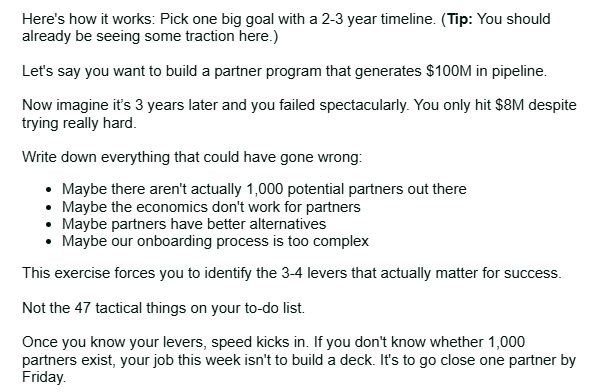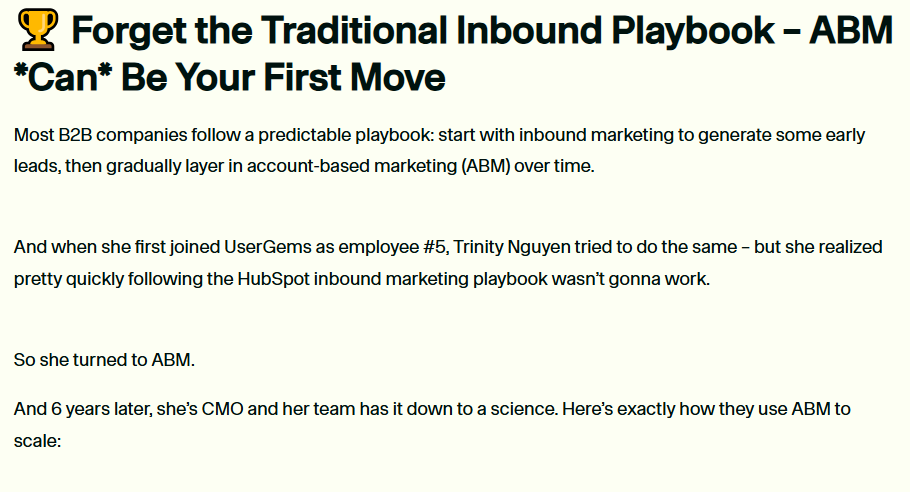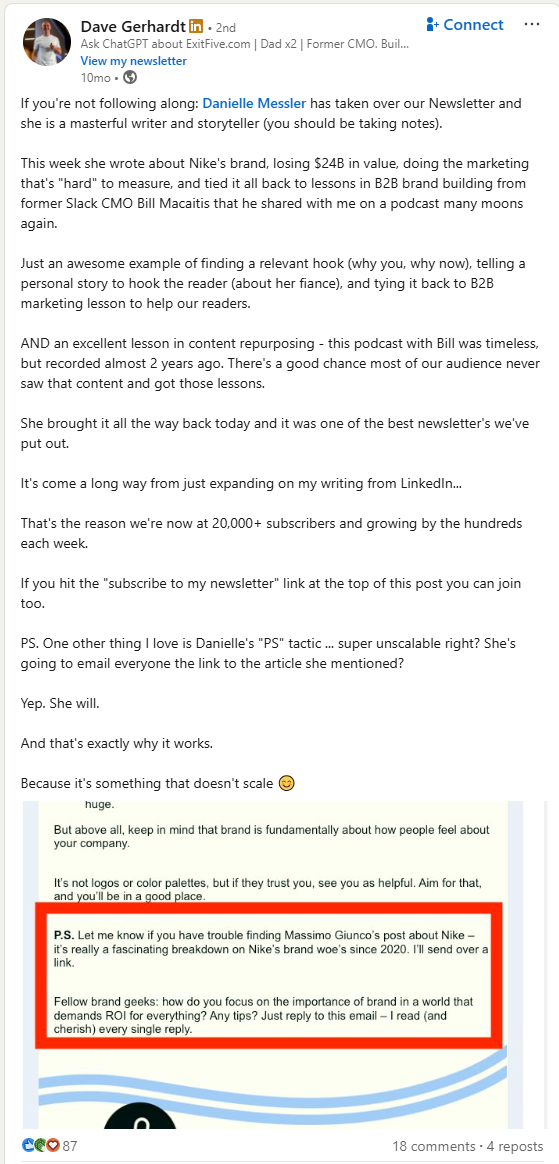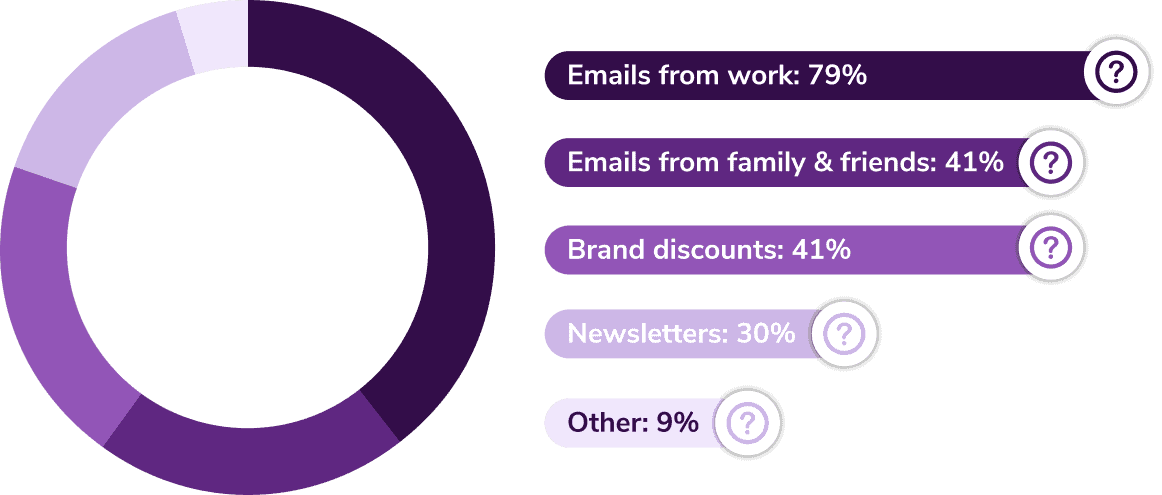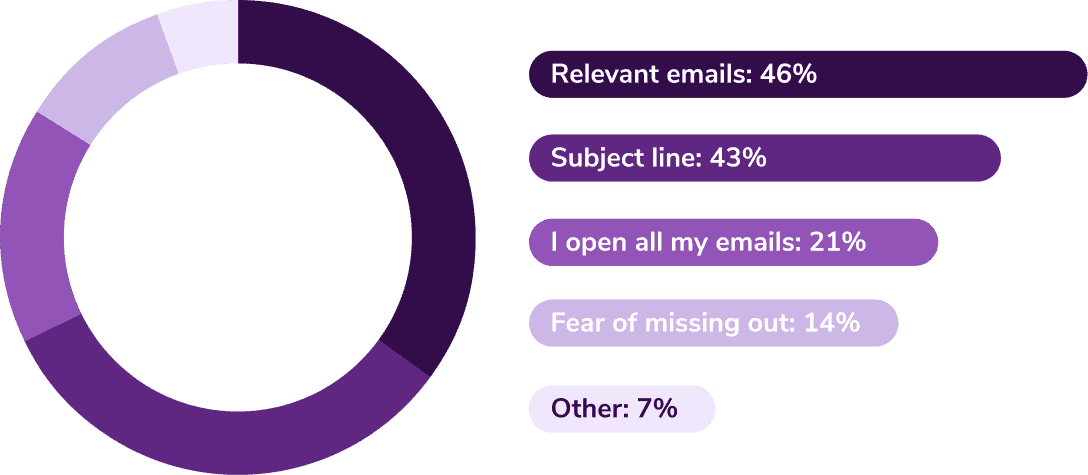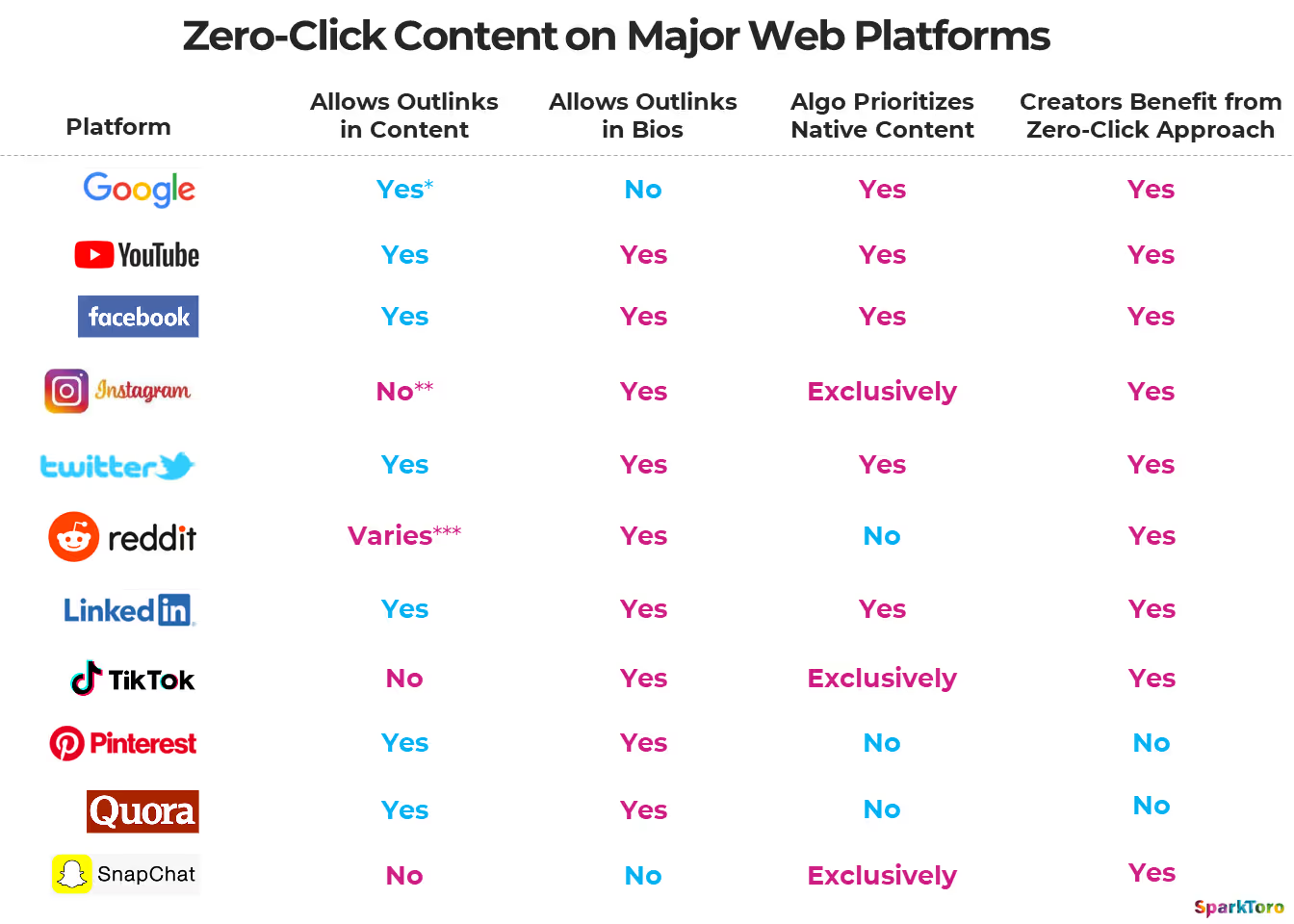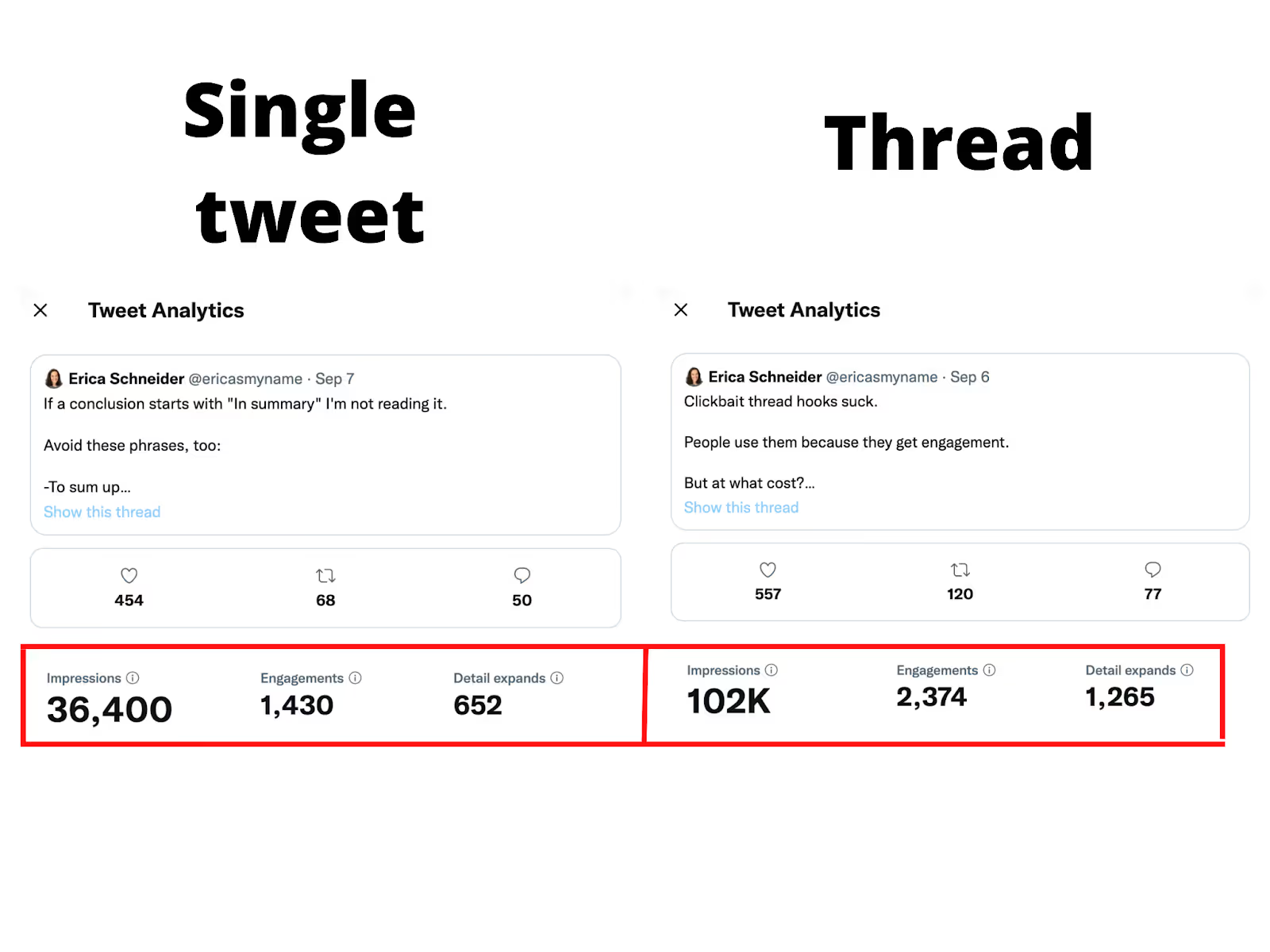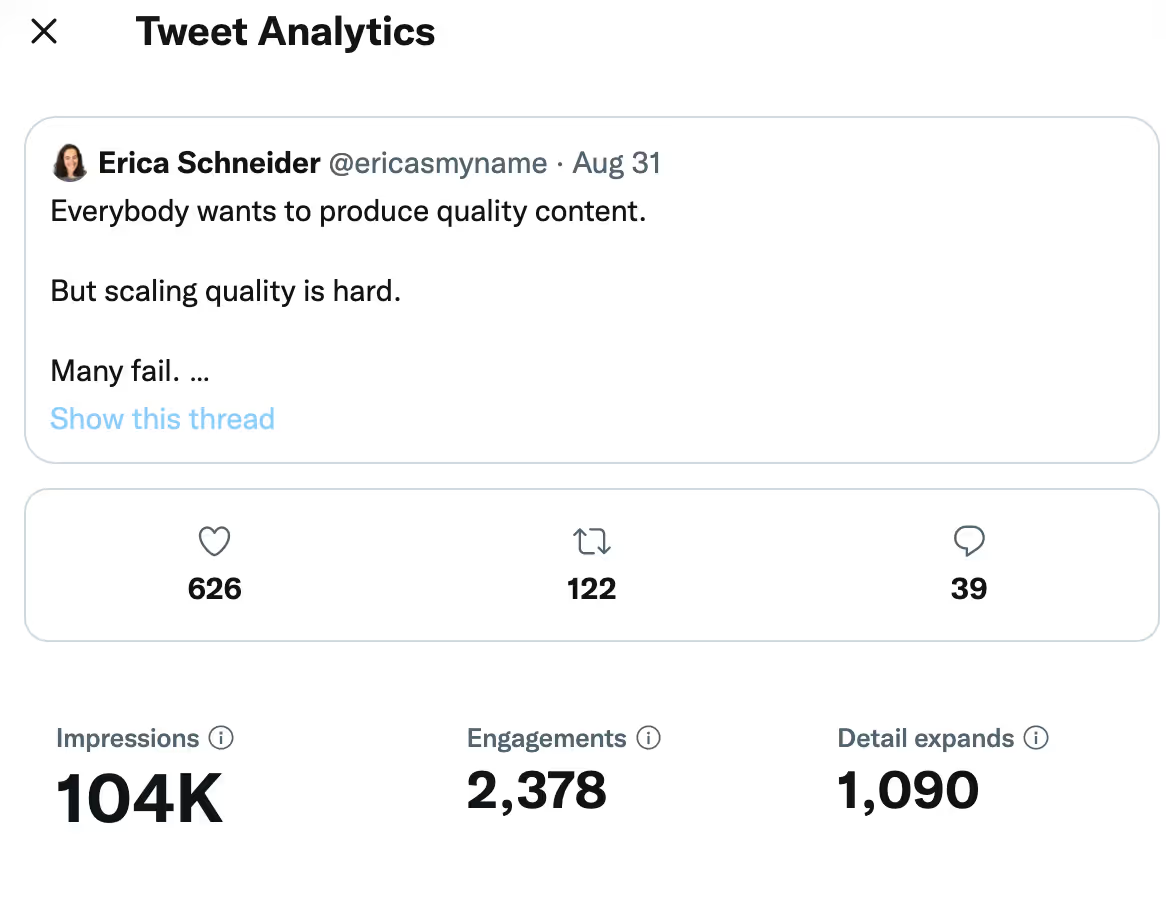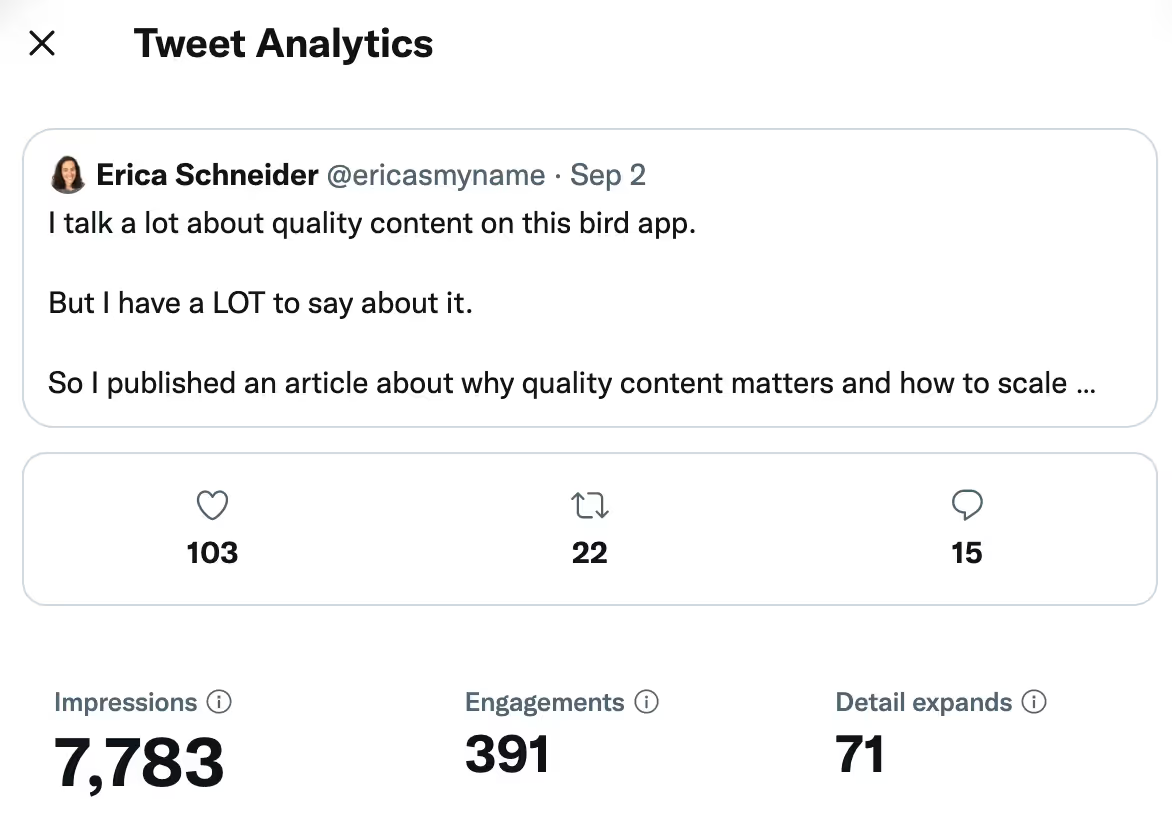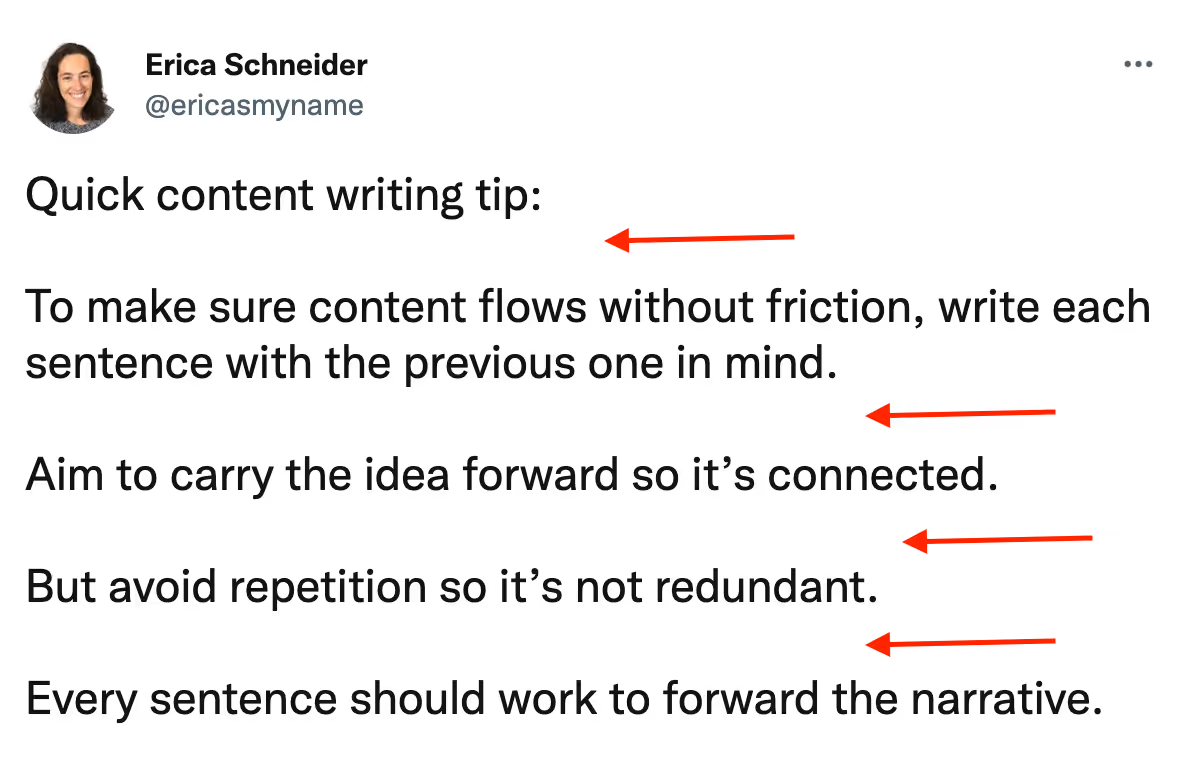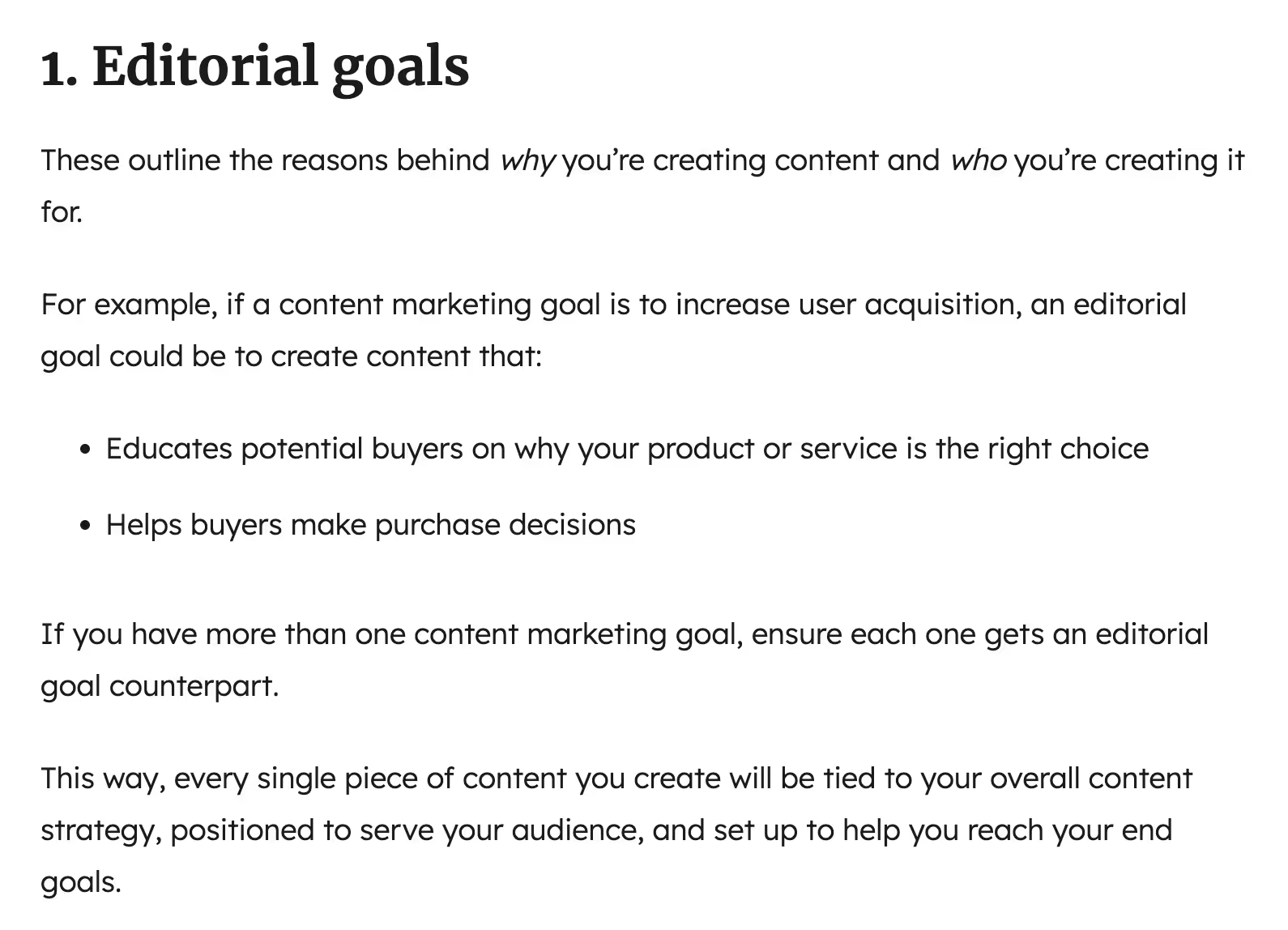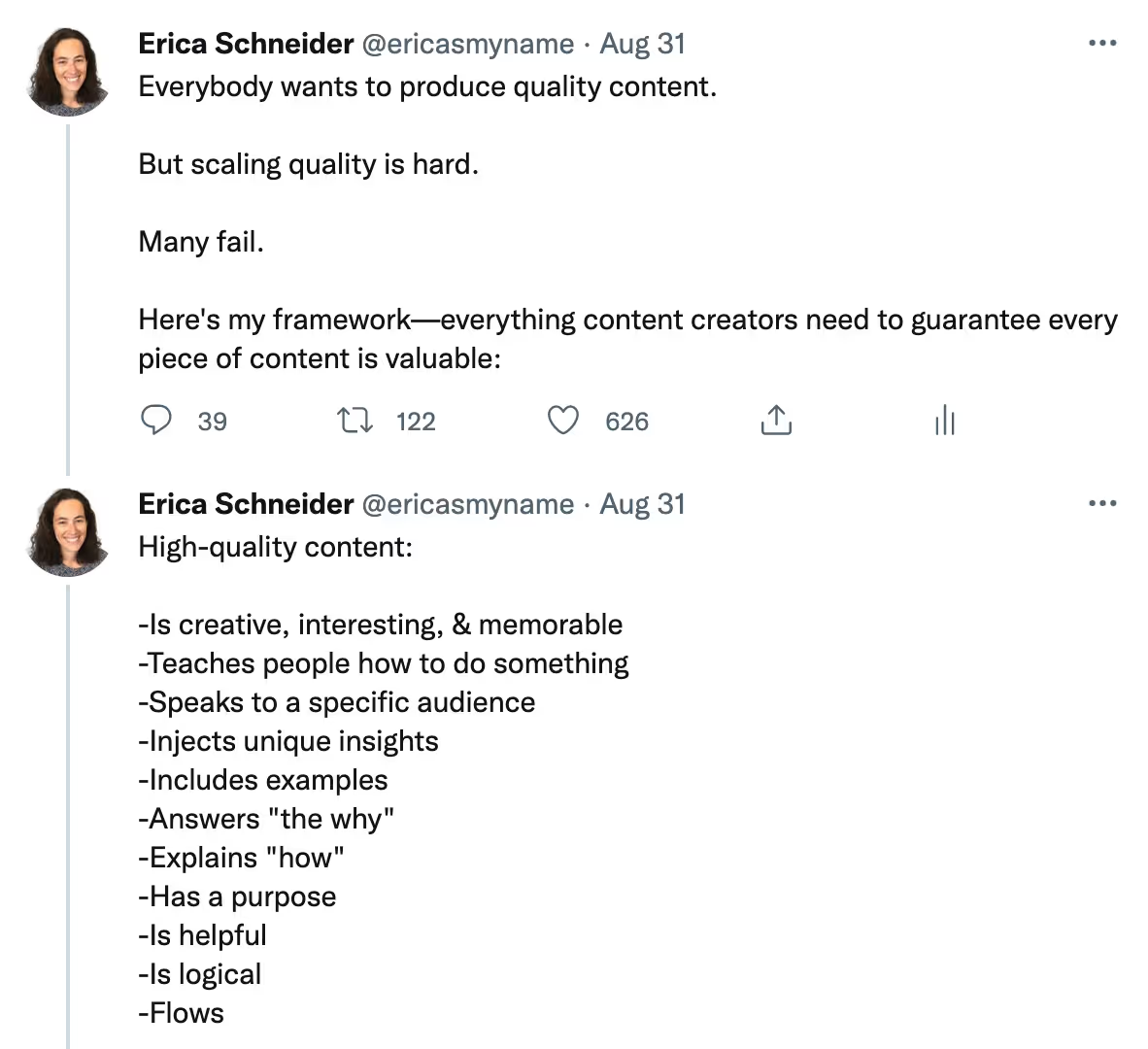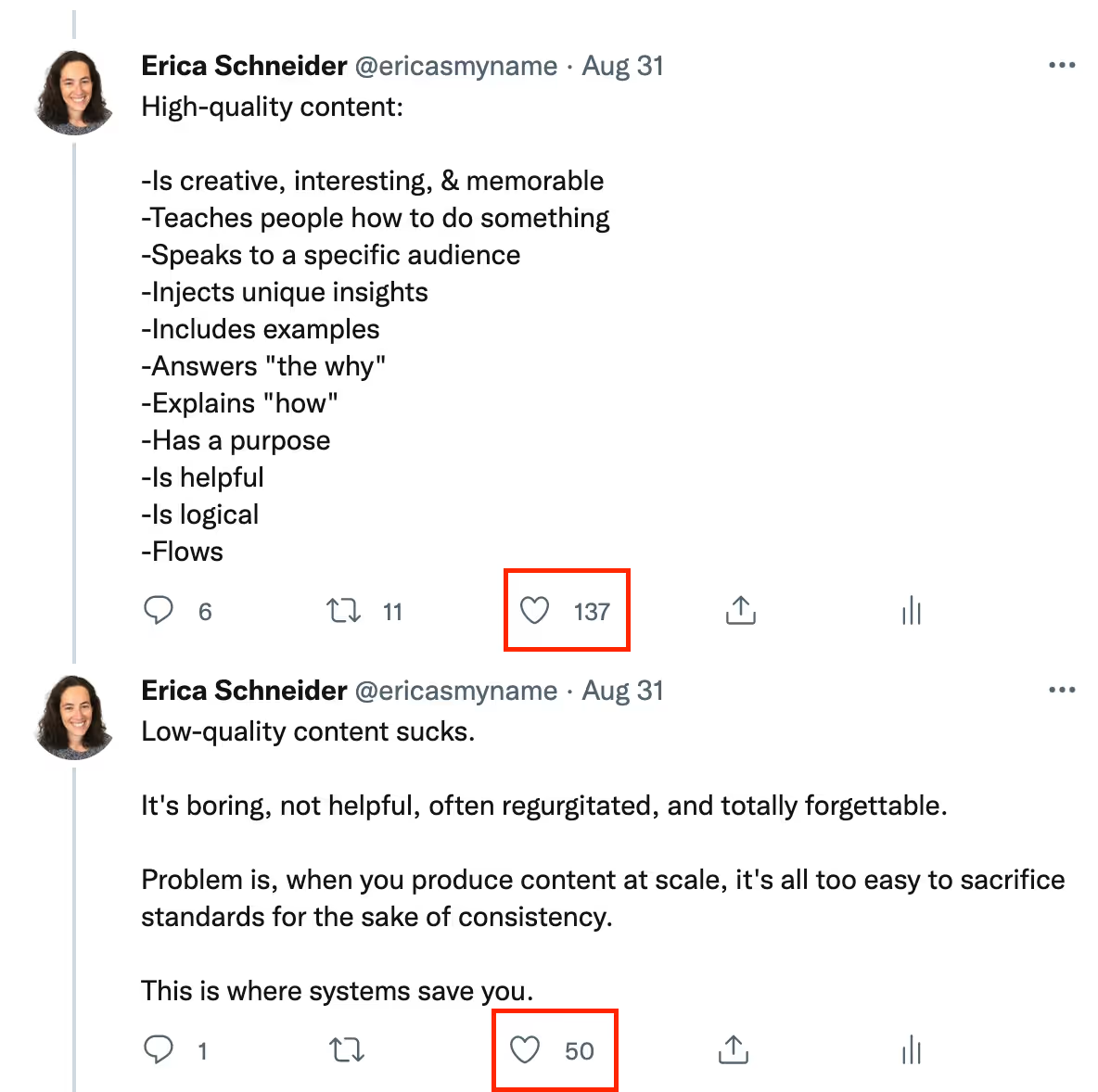Marketers know this, which explains the thousands of B2B podcasts out there. However, most lack the personality, style, and identity to cut through the noise. Meaning there’s an opportunity to succeed if you get it right.
In this post, we’ll share a framework for creating a standout B2B podcast that people will actually want to listen to.
Why most B2B podcasts sound like a broken record
Scroll through the Apple Podcast Charts, and you’ll notice a pattern. Lots of shows with the same corporate artwork, running the same format, with the same playbook. Most of which look like this:
- Get a target account on the show
- Ask a few ‘safe’ questions
- Try and sell to them after recording, and hope your ICP decides to buy (eventually)
Shows feel like a networking session someone hit record on.
Or, they look to the ‘consumer world.’ The host tries to emulate an entertainment podcast they’re a fan of. The show loosely follows the subject in the title, but listeners get no real tactics or insights.
Episodes lack substance. A 45-minute show feels like it should have been 10.
There’s too much noise and not enough signal in B2B podcasting. People don’t have enough time to consume the content that’s important to them. Another show following the same played-out format won’t get on their radar.
To stand out, your podcast needs what most lack.
- Premise: Clear direction informed by what matters to your audience
- Vibe: Style and personality that resonates
- Production: An aesthetic that grabs viewers and listeners
Here’s our three-part framework to deliver all three.
1. Premise: Create a podcast that solves real problems
Your goal with a B2B podcast isn’t to sell, but to foster trust. To do this, the premise has to deliver insights and solutions your audience is hungry for.
There are two key questions to ask here:
1. Who do we sell to? Your objective is to become the number-one resource for them.
2. What do they care about? Tie your premise to your audience’s career stage, mindset, or strategies they want to implement in their work (e.g., content marketers want to improve their craft; founders need strategy and peer insight).
For example, Proof helps businesses use social proof to convert more leads so they can scale faster.
Its Scale or Die podcast uncovers “proven strategies from founders and growth experts to scale past $1 million annual recurring revenue.”

If you’re a startup founder looking for ways to grow, a show that helps you learn from people who’ve walked the same path is a valuable resource.
For instance, an episode with CXL founder Peep Laja walks listeners through leveraging user research to improve conversions.
Proof’s product and expertise (its founders are marketers who’ve scaled an online business using social proof) make Scale or Die a podcast that serves its audience better than anyone else.
It’s not a podcast about social media marketing or SEO. Its premise is helping listeners achieve growth by sharing strategies and stories from successful business owners.
What’s the lesson here?
Don’t try to create a B2B podcast for the masses. Give your audience the stories, strategies, and tactics no one else can.
The more you hone in on what you know and like, the better your chance of cutting through. Plus, if the premise centers on what you enjoy, you’re less likely to get jaded.
The goal of any podcast is to entertain, educate, or both. If you enjoy the topics you’re talking about, your knowledge and enthusiasm translate to your audience—giving your stories more impact and your insights more value.
Which brings us to another key component that holds the premise together: the host.
Your host should be a founder or CEO who brings instant credibility that instills trust in listeners.
It should be a sales exec or content marketer. Not even a sales or marketing manager.
Take a look at this list:
- Dave Rogenmoser hosts Scale or Die
- Dave Gerhardt hosts Exit Five: B2B Marketing with Dave Gerhardt
- Shamir Duverseau hosts Everything Clicks
- Tom Whatley hosts Maker Mixtapes
- Melissa Moody hosts 2 Pizza Marketing
All company founders. And not by coincidence.
We’re not throwing shade on sales and marketing professionals here. It’s just that people want to hear from someone who’s been there and done it—wins, losses, and all.
Also, if you have a marketer hosting and they leave the company, your podcast dies with them.
Generally speaking, founders and CEOs are conversationalists who can speak with authority and conviction on topics they’re experts in. They live and breathe their industry.
They have strong opinions they stand by and can back up with authenticity and unique perspectives.
Their authority and status in your industry will also help you attract the best guests.
High-profile leaders at other companies want to talk to someone on their level. You’ll find conversations flow better and takeaways are more actionable when guests have a founder to bounce off.
But what if your founder isn’t a natural talker or doesn’t like being on camera?
Find someone in the senior leadership team who is.
Ask a managing director, COO, or CMO. Someone who has put in the hard yards, is well-liked, and commands respect in your niche.
A B2B podcast with a clear premise and the right host will help you reach and build a loyal following with the right people.
2. Vibe: Stand out with personality and eye-catching visuals
Vibe is the difference between people making people feel like your show is for them and boring them—or worse, giving them the “ick.”
Think of it as adding personality and a cool look to your premise.
First impressions happen visually. A good vibe hints at the experience listeners can expect. It tells them you’re not another copy-paste podcast.
To get the vibe right, you need to nail four things. Everything Clicks is a podcast that champions each element, so we’ll use it as a case study.
1. Podcast name
Your podcast name is your first point of differentiation. It needs to relate to your premise, but be interesting enough to grab attention.
The name “Everything Clicks” comes from a category Smart Panda Labs has hung its hat on: the post-click experience.
Optimizing for this experience is crucial for converting interest into action. That’s what Everything Clicks focuses on, as Shamir Duverseau explained in a LinkedIn post:
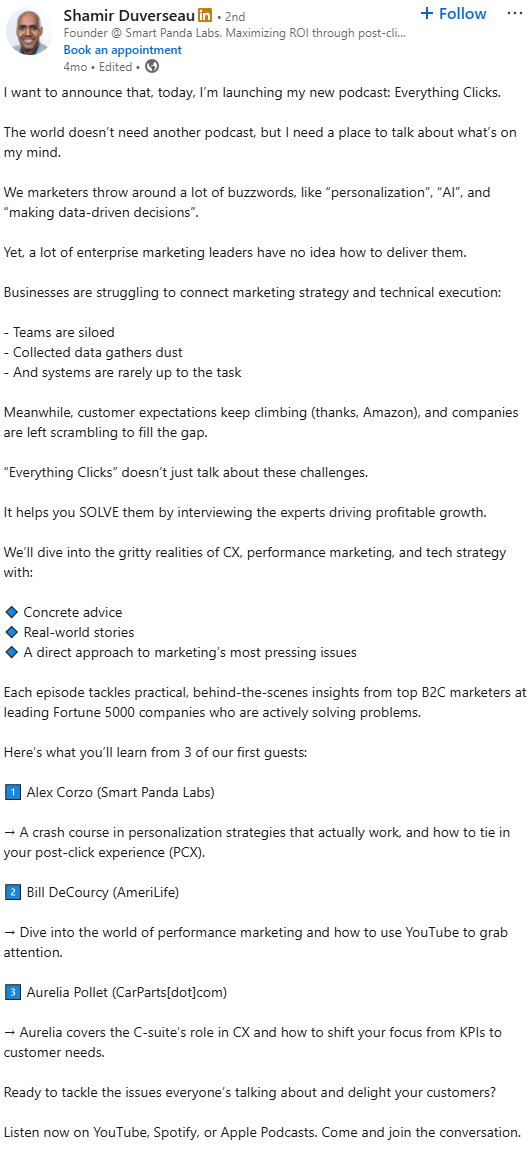
But there’s a twist on the meaning. “Clicks” also refers to what customers do more of when you get marketing right.
Let’s take another example from our own podcast, Maker Mixtapes.
The premise is: “One guest, one playbook. Maker Mixtapes dissects content marketing and organic growth tactics from top SaaS marketers and founders.”
We could have called it ‘SaaS’ or ‘Creator’ Mixtapes, but “Maker” feels different. It gives the show a creative, doer vibe.
We could have used ‘Playbooks,’ but “Mixtapes” sounds more personal. Mixtapes are what you make for friends. Putting the two words together creates a nice alliteration. “Maker Mixtapes” rolls off the tongue.
People say the vibe is reflected in the guests and conversations.
Think about your premise and company philosophy.
What’s your show about? How does it help people? Is there a common industry word or phrase you can put a spin on?
This will help you avoid a generic ‘The [X] Podcast’-type name.
However, you don’t always have to think outside the box. If you have good brand recognition or a host with a strong personal brand, the name might write itself.
Exit Five, for example, is a well-known B2B marketing community. Dave Gerhardt is a thought leader in that space. “B2B Marketing with Dave Gerhardt (An Exit Five Podcast)” makes sense.
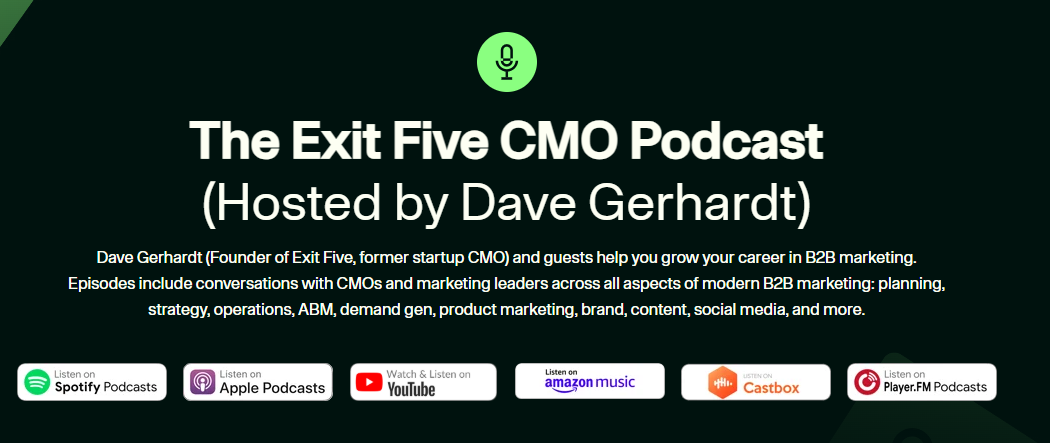
Brainstorm as a team and welcome any suggestions. The more ideas you have, the easier it is to come up with a name that catches the eye and hits the right note.
2. Visual identity
To cultivate a standout vibe, make your visual identity unique to your premise and personal preferences.
Researching how other podcasts (not just B2B) brand themselves is a good way to see what stands out and what to avoid.
But you’ll find the most creative ideas outside of your industry—in pop culture, entertainment, and B2C.
Everything Clicks’ branding, for example, pays homage to ‘80s pop culture.
Shamir Duverseau is a massive fan of ‘80s movies, music, and video games. Creating the artwork around his tastes helps the podcast reflect the host.
It also helps it stand out in a sea of LinkedIn-style blue backgrounds.
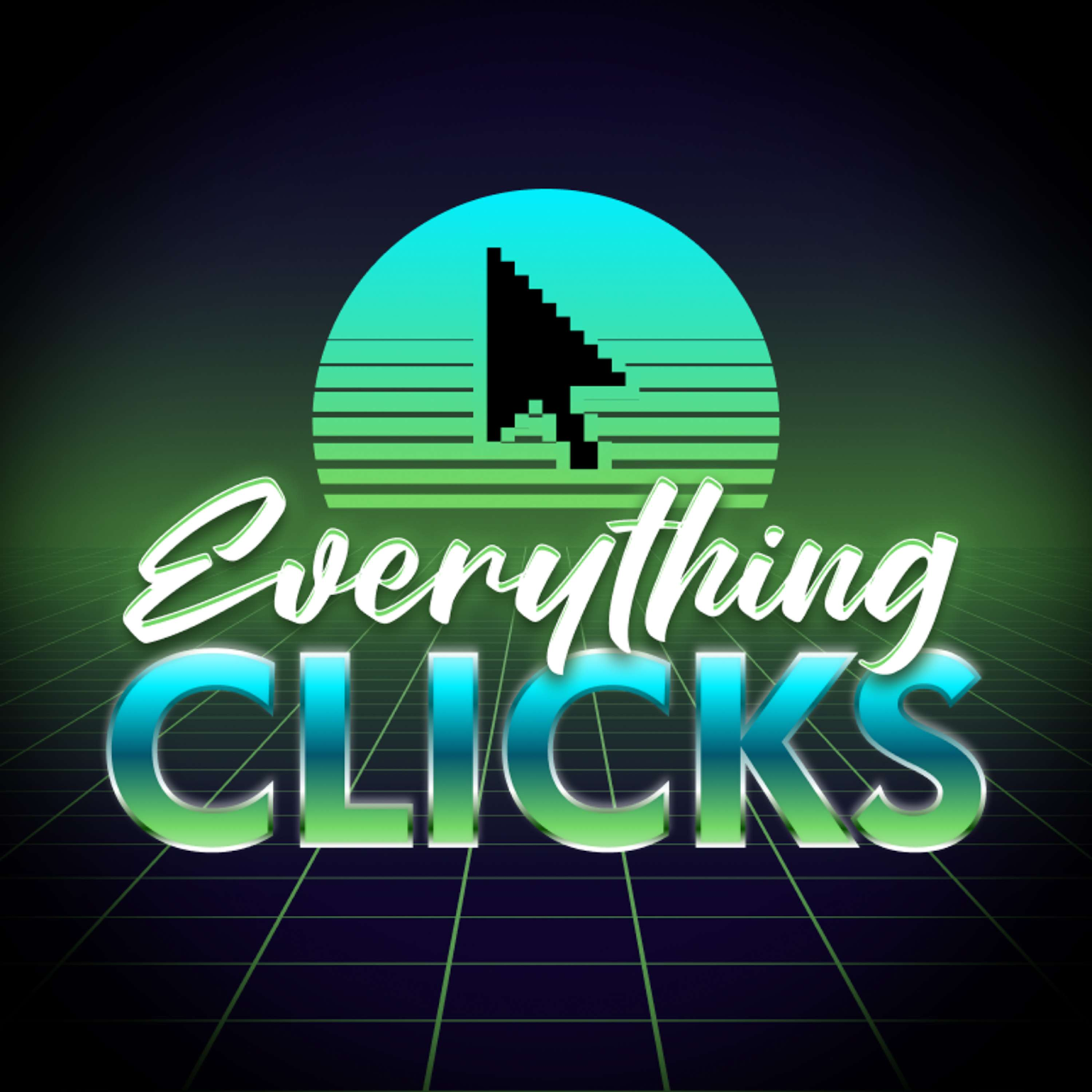
The retro aesthetic carries through to episode artwork, with high-quality guest photos and snappy headlines to grab attention:
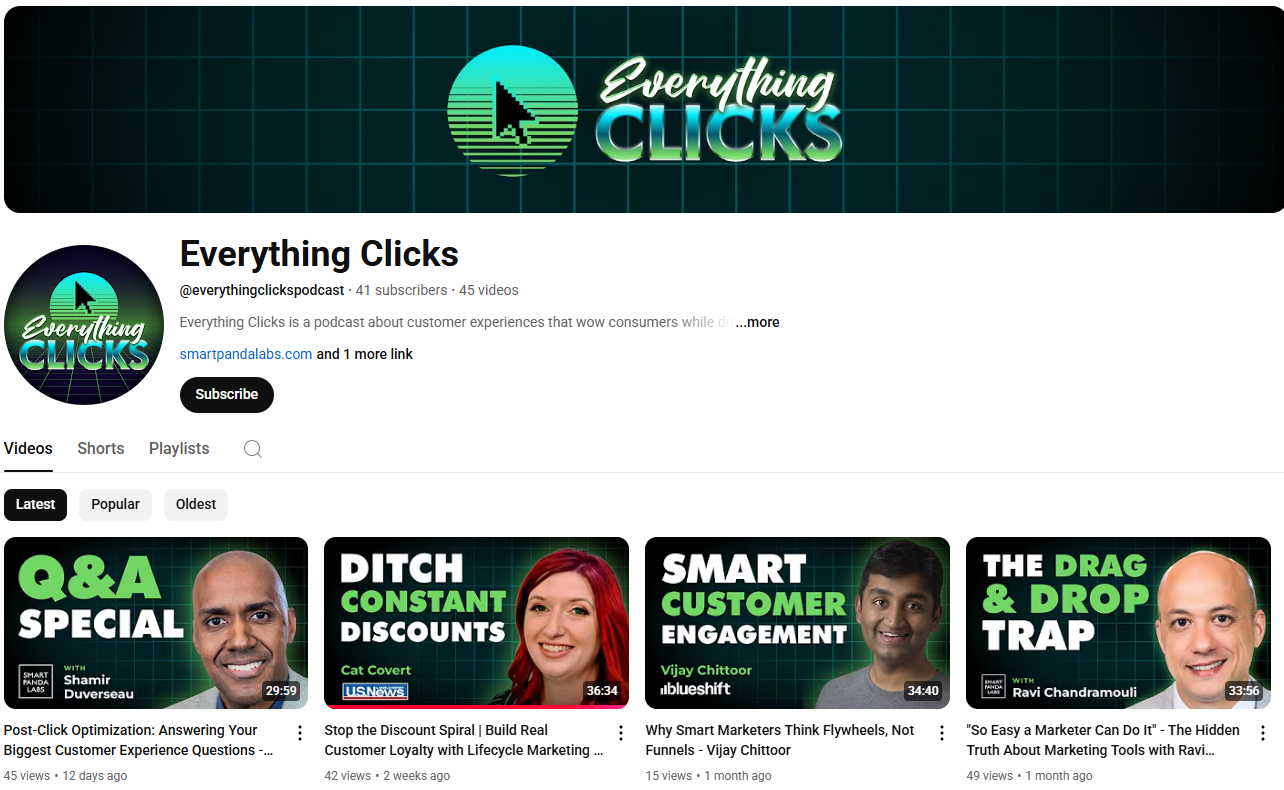
Leaning into your interests is the best way to create your desired vibe.
But keep in mind that creativity shouldn’t come at the expense of user experience. Ensure your podcast artwork has:
- Readable text. Your name should be legible at 55 x 55 pixels (Apple Podcasts’ smallest display).
- Minimal words. Include a name and maybe a tagline. Nothing more.
- Simple visuals. Avoid intricate details that blur when small.
A quick note on episode titles: Approach them like blog post or landing page headlines. Answer a listener’s biggest question: What’s in it for me? Pull out specific numbers, insights, or solutions to grab attention and entice clicks.
3. Style and structure
Your podcast name and visual identity get the clicks. Your structure helps establish your premise and theme, so interested listeners tune in and subscribe.
There are a few ways you can go with this. Here are some common formats:
Your format will dictate the structure. For example, interview podcasts or roundtables tend to be long-form (30–40+ minutes) to make room for authentic conversations.
Solo podcasts tend to be shorter, 10–15 minute tips or trends-based episodes.
For example, Everything Clicks recently hosted a Q&A episode answering listeners’ biggest customer experience questions.
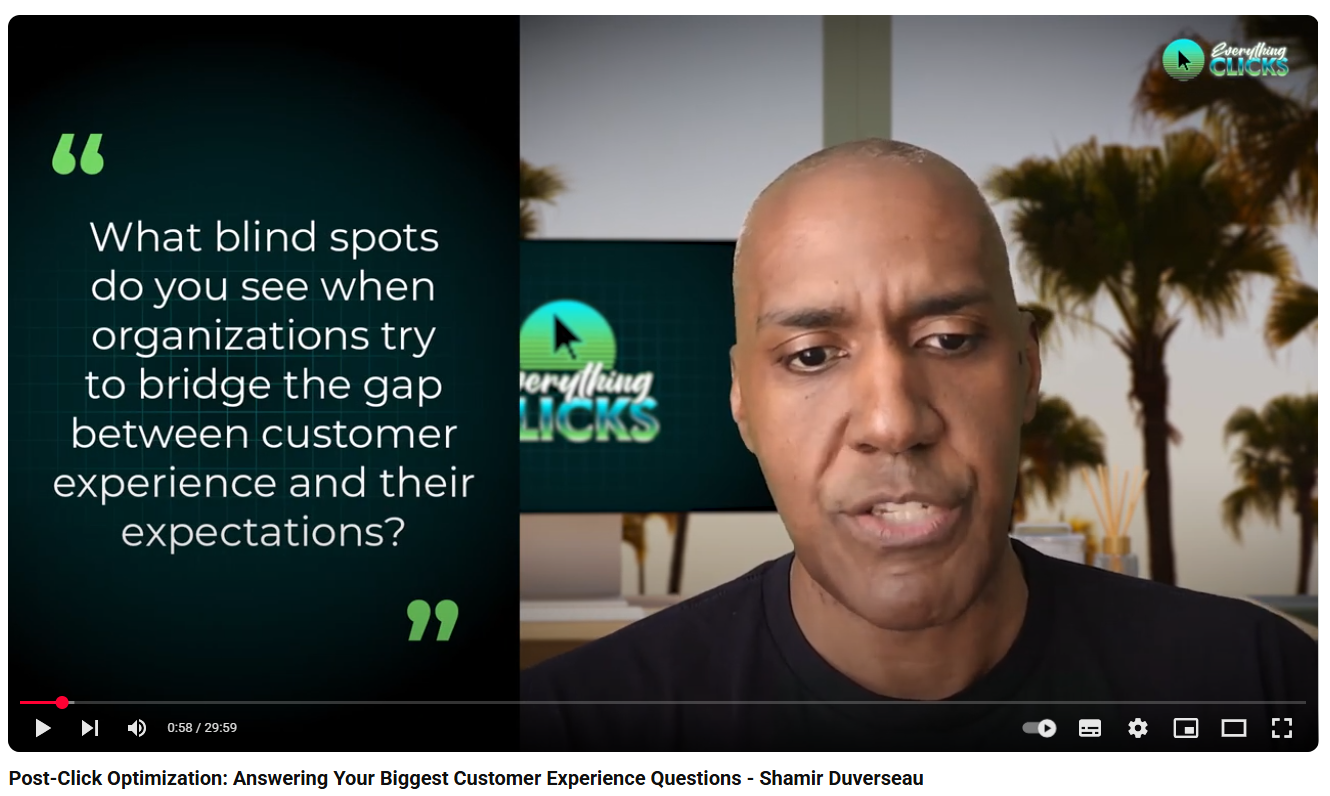
It’s cool to mix up your formats to keep things fresh, so long as you’ve established your core premise.
Again, tap into what you like about the podcasts you listen to. Think about how you can create something no one in your industry is doing.
Regardless of format, there are a few non-negotiables:
- Research the guest to base conversations around specific and factual details
- Understand the value you want to create
- Only cover points people can take away, and state those takeaways in the first 30 seconds
B2B professionals are busy. They need to know whether your podcast is worth their time. All the top podcasts prioritize value. You should, too.
Create a brief for each episode so you’re clear on the intro, outro, and content. It’s also good practice to prep some questions or talking points to help carry conversations. They’ll prevent episodes from meandering.
Nothing kills the vibe faster than a podcast that’s winging it.
4. Guest selection
Your podcast is only as good as its guest. Trust us when we say that not every expert makes for a good conversation, even if they’ve excelled on a podcast in the past.
The best place to start is with people your host knows—industry friends, colleagues, LinkedIn connections.
Not only are they more likely to accept an invitation, but the conversation will feel natural. Crucial when you’re still finding your feet.
For example, Shamir’s first guest on Everything Clicks was his Smart Panda Labs colleague Alex Corso.
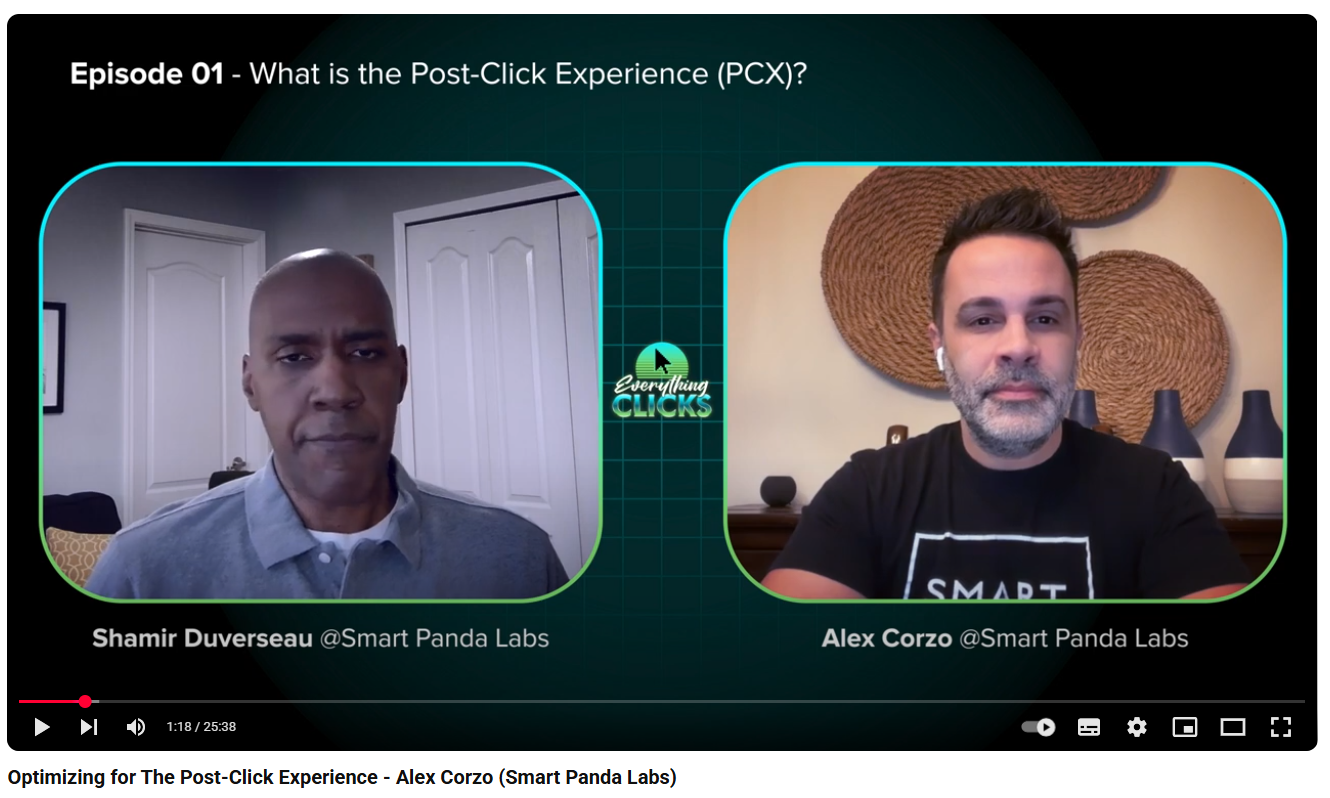
Their friendship and shared expertise make for an engaging conversation that flows without wooden exchanges or awkward pauses.
Once you start reaching out to guests outside of your circle, schedule a pre-call.
Podcast conversations fall flat for all kinds of reasons: a guest is nervous, they’re not right for the topic, the spark with the host isn’t there, etc.
A short 15-minute conversation helps build rapport and evaluate fit before planning a recording. It also gives you a chance to brief guests and answer their questions.
If the fit is good, you know you’re in for a good episode. If it’s not, you’ll stop both parties from wasting time on a podcast that might never go live.
3. Production: Make your podcast watchable, not just listenable
To grow an audience, your podcast needs video and audio and has to look as good as it sounds.
More than one billion people watch or listen to podcasts on YouTube every month. Not optimizing for this audience means missing out on a huge source of traffic.
But good visuals aren’t all for YouTube visibility. Footage gives you content to clip up and share on social media. It puts your podcast in front of new audiences and gives followers more content to engage with.
For instance, Shamir regularly shares snippets from Everything Clicks on LinkedIn:

Podcasting is one of the best ways to get content for repurposing. Adding quality video production means there’s more of it to go around.
Here are the fundamentals for delivering high-quality video and audio.
1. Setup
The webcam built into your laptop isn’t going to cut it. Anything beyond that will improve visuals. 4K webcams are easily affordable these days.
The same goes for a microphone. Your laptop mic isn’t designed with sound quality in mind. Investing in a decent external mic and pop shield will make a big difference to audio fidelity.
Next, you need to consider framing. Grizzle’s Video & Media Lead, Adam Hart, has put together a simple framing guide to share with guests and get them set up for success:
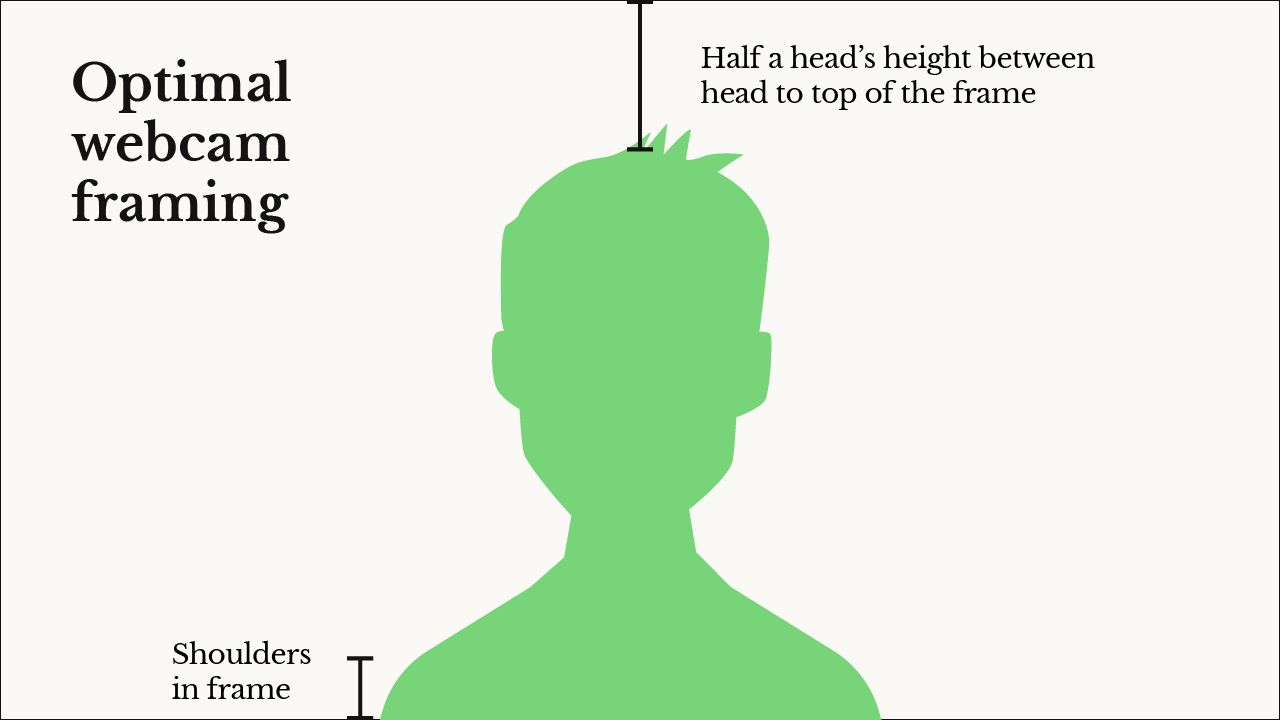
- For optimum framing, sit with the top of your shoulders visible and half a head’s height (5–6 inches) of space above you.
- Avoid strong sunshine on your face. Remove anything from the background you don’t want in frame.
- Ensure lighting is consistent and your face isn’t in shadow. A simple ring light that sits behind your camera can help with this.
- When using a green screen, avoid wearing anything green, sparkly, or reflective to prevent your body from being cut out.
Use your guest intro call to brief them on equipment and how to frame themselves. This will cut preparation time on recording days and ensure consistency in visuals.
2. Recording
Invest in the right remote recording software. We use (and recommend) Riverside.fm.
It records the host and guest separately, so you can easily adjust sound settings. If there’s background noise on the guest’s end, you can edit it without affecting the host’s audio.
Also, Riverside records and uploads in the background, avoiding recording errors caused by slow or inconsistent internet.
Schedule more time than you need on record day. If you’re recording for 45 hours, book in an hour. A 15-minute buffer gives you enough time to chat and check the guest’s setup.
Here’s what Adam suggests ahead of the main event:
“Get the guest nice and comfortable. Casual conversation helps with this. Check your settings, let the guest know you’re about to hit ‘record,’ and check that they’re happy.
“If the host or guest is using an external microphone, make sure it’s placed within 30cm of their face to pick up words correctly.”
A bit of preparation makes for a smoother editing process.
3. Editing
Editing turns a raw conversation into an engaging and impactful piece of content.
Most listeners decide within 30–60 seconds whether to keep listening to your podcast. This is more than long enough to tell if an episode is well-edited, so don’t sleep on it.
Here are some tips for tightening up each episode:
- Focus on clarity first. Prioritize clear, consistent audio for hosts and guests. Voices should feel warm and present. Running your audio through Adobe’s AI Podcast Enhancer tool helps even the least capable microphones sound good.
- Cut fluff without killing flow. Use a tool like Premiere or iMovie to remove long pauses, ‘ums’ and ‘ahs,’ filler words, and unnecessary tangents. But keep enough personality in there, so the audio doesn’t sound robotic. When switching up talking points, use crossfades to avoid jarring transitions.
- Use strategic music and sound design. Keep background music subtle during narration, but avoid it during main conversations to prevent distractions.
- Capture clip-worthy moments. Mark insightful or interesting snippets to repurpose as soundbites for your social media channels.
- Create snappy intros and outros. Clip up the best few seconds of your interviews and put them up front to grab attention and build intrigue. Consider an outro music bed to wrap up an episode and deliver a call to action (e.g., like, subscribe, or share).
- Keep editing consistent. Use the same intro and outro music, audio processing, and recurring segments to give listeners a sense of familiarity.
Nailing these elements will put you ahead of most podcasts. And it gets easier the more you do it—especially with a consistently visual identity and editing process.
But we’re talking about creating a standout podcast here.
If you want to put out a B2B podcast that’s different from anything in your industry, go against the grain.
Pull in influences from other media. Find out:
- How do your favourite YouTubers make their videos engaging?
- What cool editing techniques are the best TikTokers using?
- How do filmmakers use sound design to immerse the audience?
Invest in motion design and animation. Use cultural B-roll selection to add personality and keep viewers (and listeners) engaged.
The retro vibe of Everything Clicks podcast episodes extends to its use of well-placed TV and movie clips.
For example, Shamir mentions a hamster wheel, and viewers see a clip of a man riding one.
He teases technology chat, and up pops a relevant clip of a happy couple with their old-school computer:
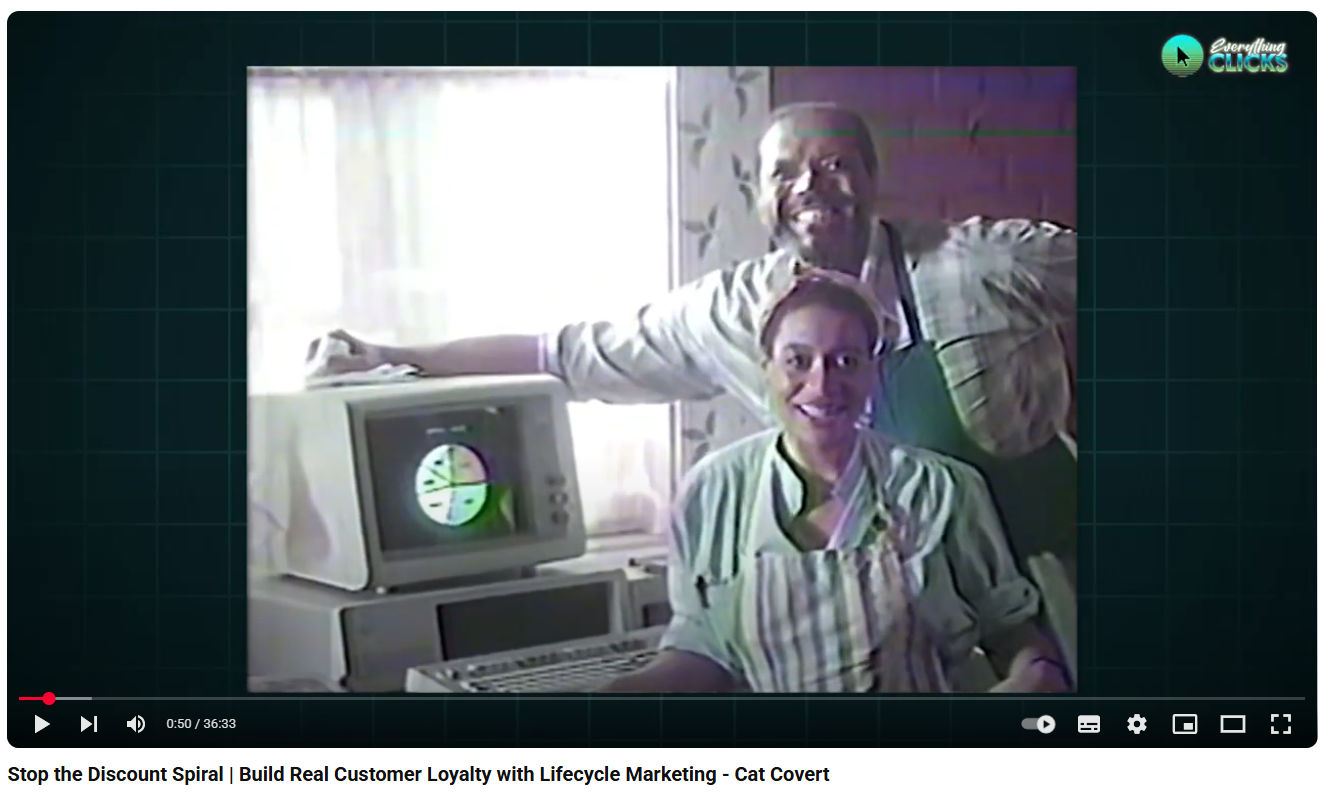
It’s offbeat, quirky, and fun. Most importantly, it’s a refreshing change from the common perception of what a B2B podcast is.
In a crowded market filled with copycats, personality in your production will set you apart.
Create the B2B podcast only you can
Podcasting is the channel that needs the fewest listeners to gain a true following, but differentiation is vital to stand out.
Create a B2B podcast that listeners can’t find anywhere else.
Once you’ve launched, use each episode as a feedback loop to learn and iterate. Growing alongside your audience is the best way to build a loyal community—but only if you get them on board first.












